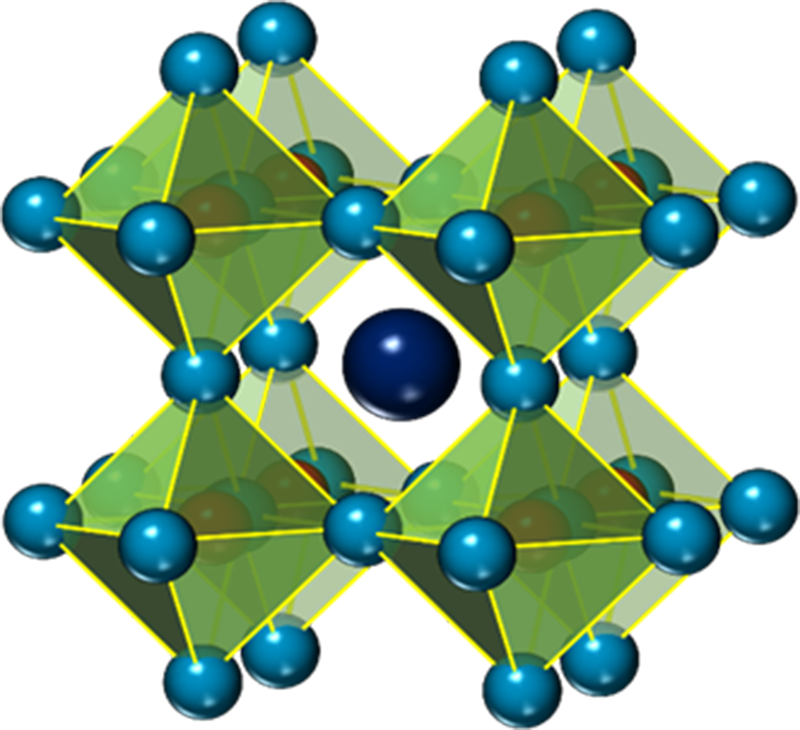An international collaboration has now demonstrated a completely new approach to increase data density in storage media. They used ultra-short laser pulses to trigger a phase transition in the ferromagnetic material BaFeO3 (BFO). Experiments at the Femtospex facility at BESSY II of Helmholtz-Zentrum Berlin showed that by inducing this phase transition, magnetic domains can be easily manipulated. These magnetic domains are otherwise very stable and therefore suited for long-time data storage. The results have been published in Physical Review Letters.
The storage capacity of hard disks has increased steadily over decades. But now, it is approaching limits given by fundamental laws of physics. Very small magnetic bit-units that can readily be switched by a hard-disk write head tend to become instable and to lose the stored magnetic information with time. More stable magnetic materials exist but they are so stable that they cannot be switched with the write head any more. Techniques like heat-assisted magnetic recording overcome this problem by heating the magnetic bit when writing thereby reducing the energy barrier that needs to be overcome.
An international collaboration has now demonstrated a completely new approach to manipulate the energy barrier in a magnetic material. They lower the barrier for magnetic manipulation by driving the material across an insulator-to-metal transition. The team, led by Professor Hiroki Wadati from the University of Tokyo, studied the material BaFeO3 (BFO) with ultra-short x-ray pulses generated at the Femtospex facility of Helmholtz-Zentrum Berlin. The material is a ferromagnetic insulator with a comparably stable magnetic order. Only when exposed to laser pulses above a certain threshold power, the material turns highly susceptible to an external change of its magnetic state and can easily be switched by an external magnetic field.

BFO has a perovskite crystal structure. Image: University of Tokyo
By combining magnetic and spectroscopic probes the scientists could identify the threshold for easy magnetization switching with the formation of a transient metallic state in the material. Unlike in common magnetic materials, where laser-excitation creates a metallic-like state only for less than a trillionth of a second, the electronic structure of BFO leads to a self-stabilization of this metallic state. It persists about thousand times longer, bringing the effect in a time range where technical applications become possible.
These findings show a new approach to magnetic data manipulation. The also demonstrate the capacity of the Femtospex facility at HZB to combine magnetic and spectroscopic information into a comprehensive picture of ultrafast processes in materials.
Source: Helmholtz-Zentrum Berlin


